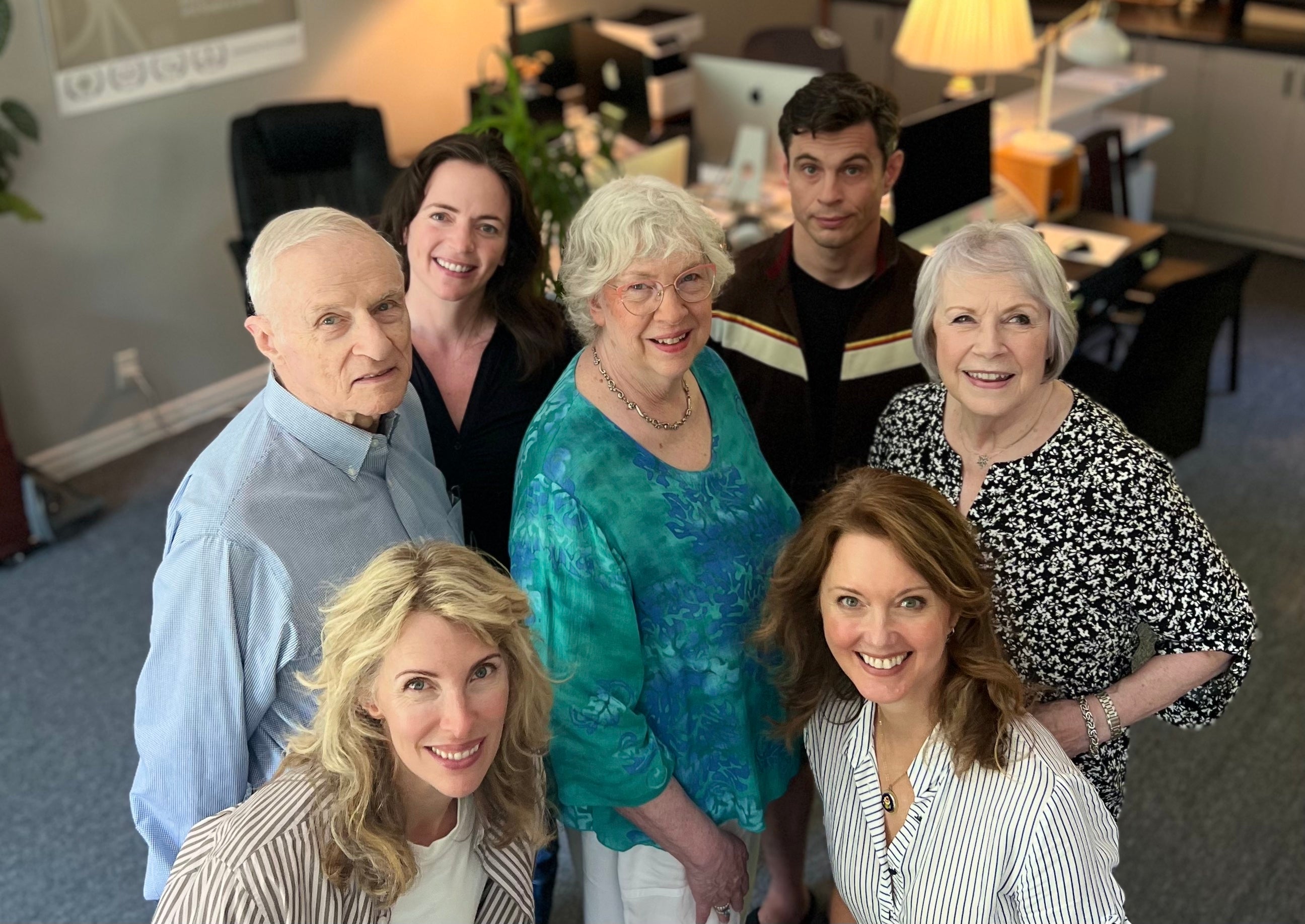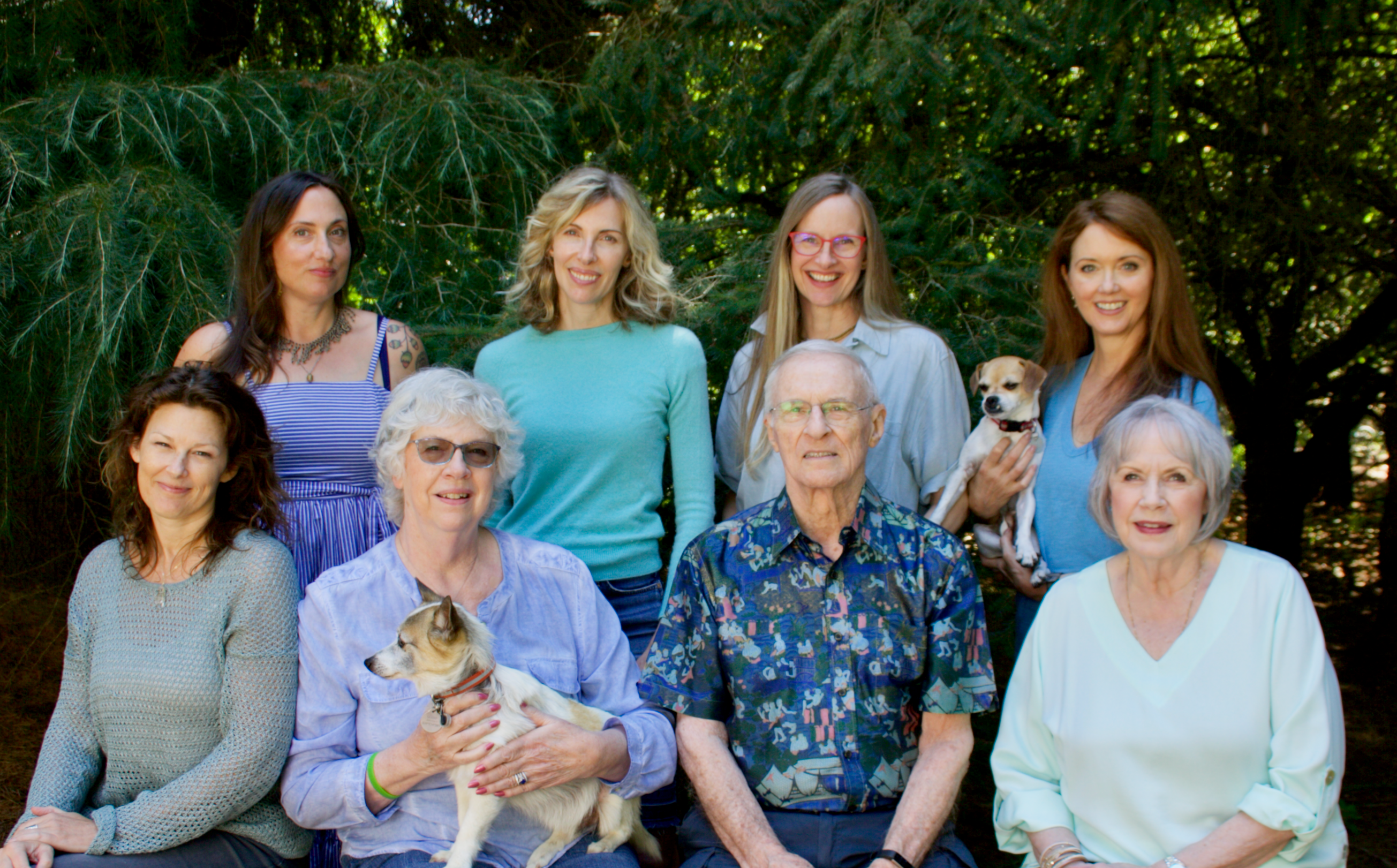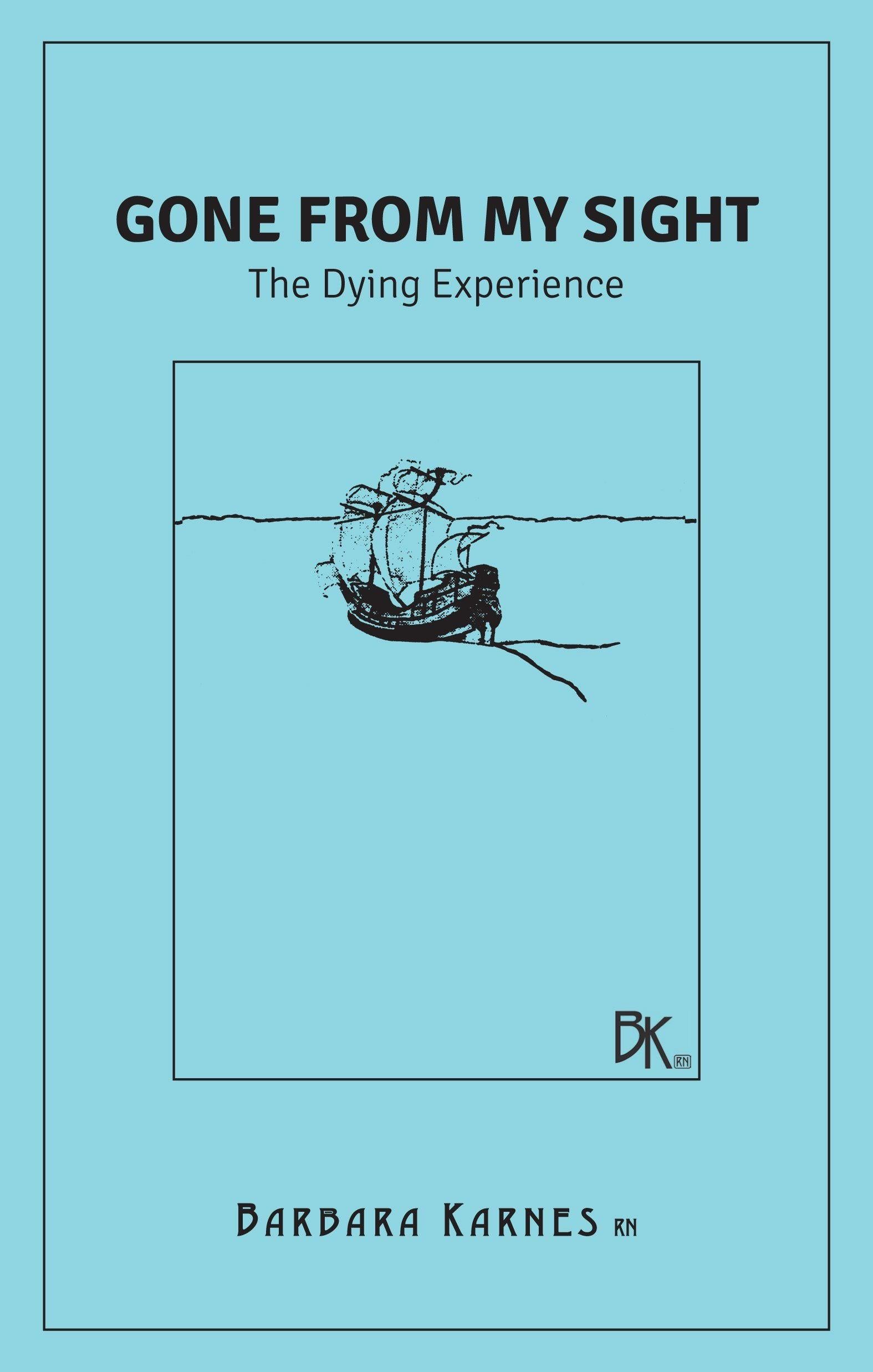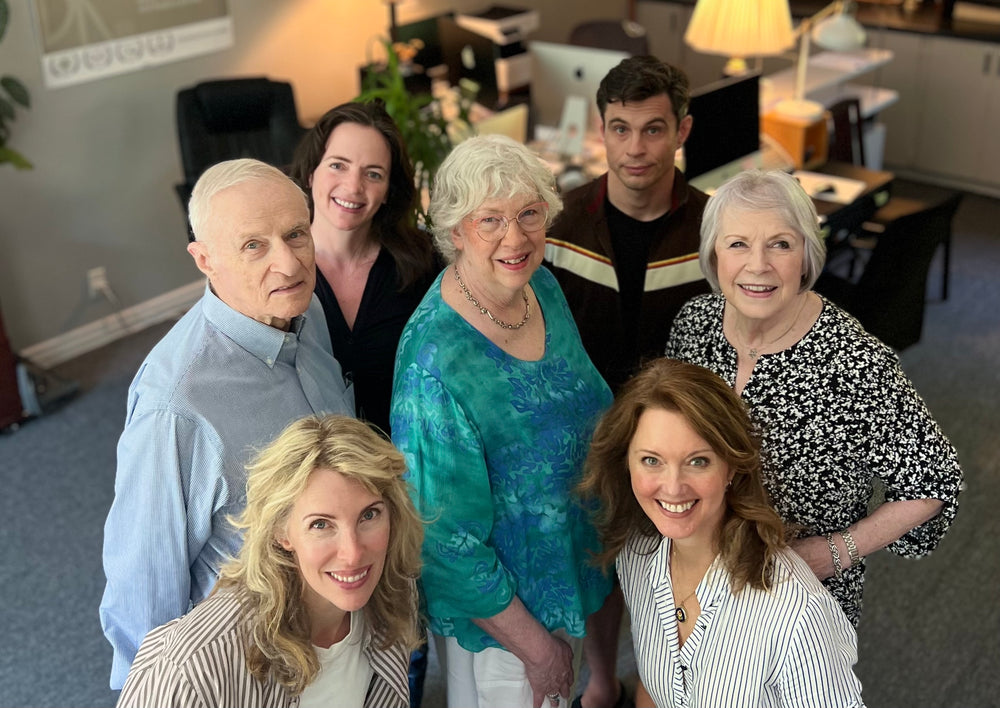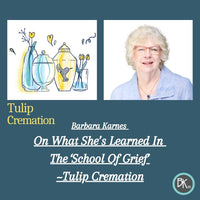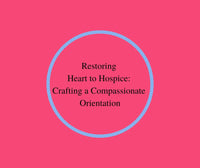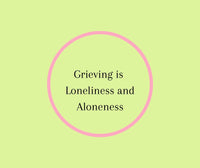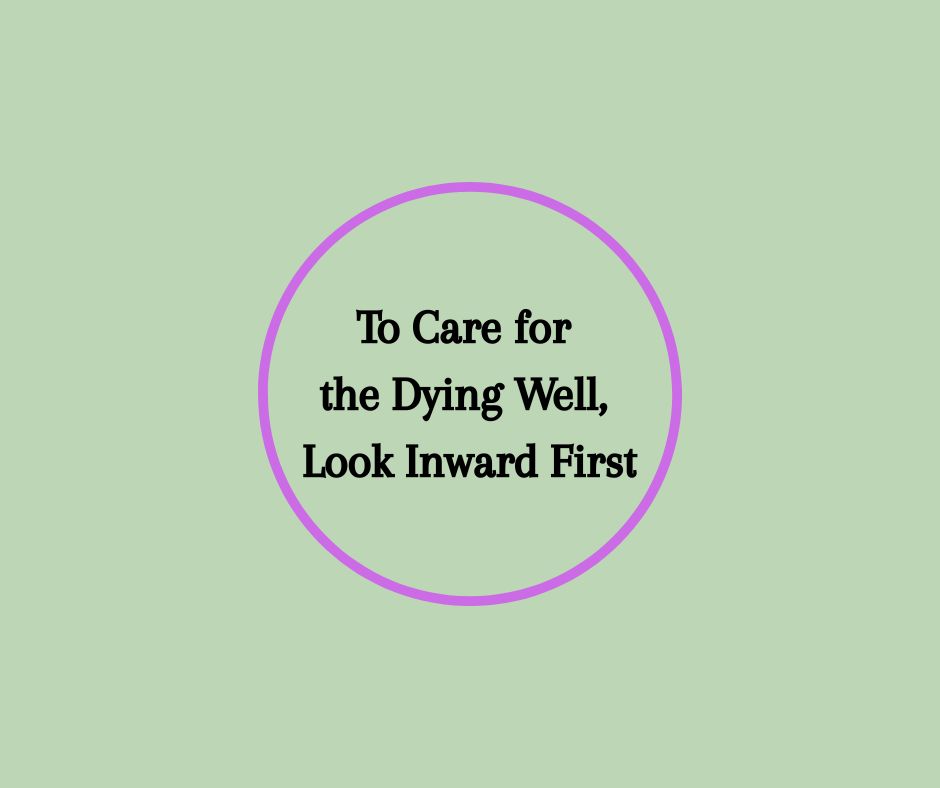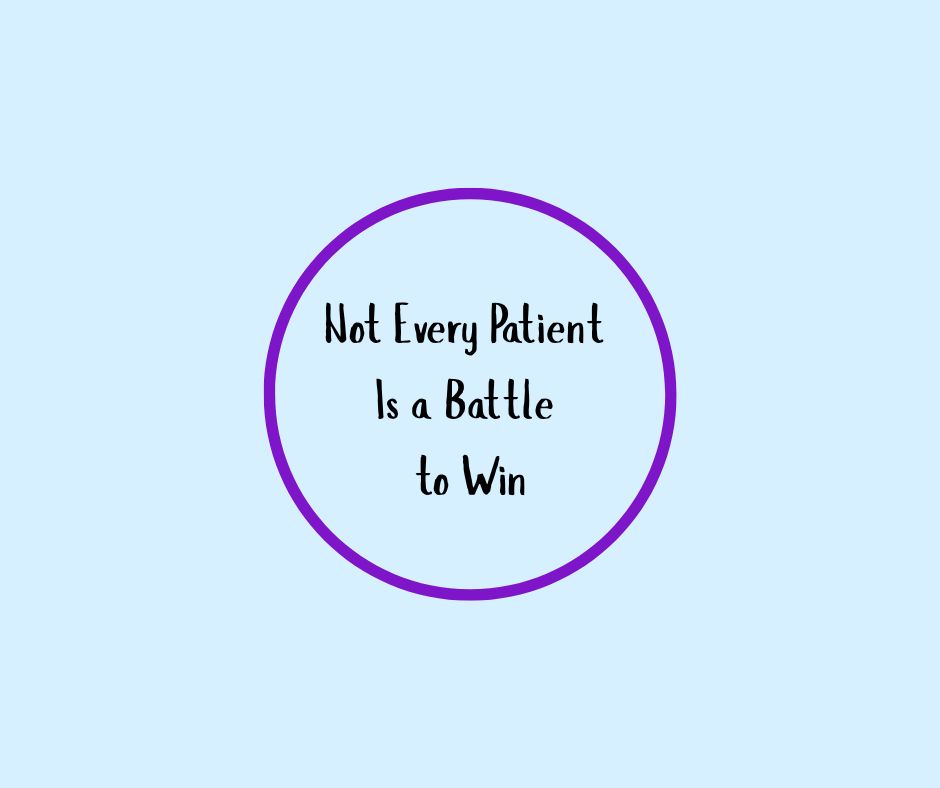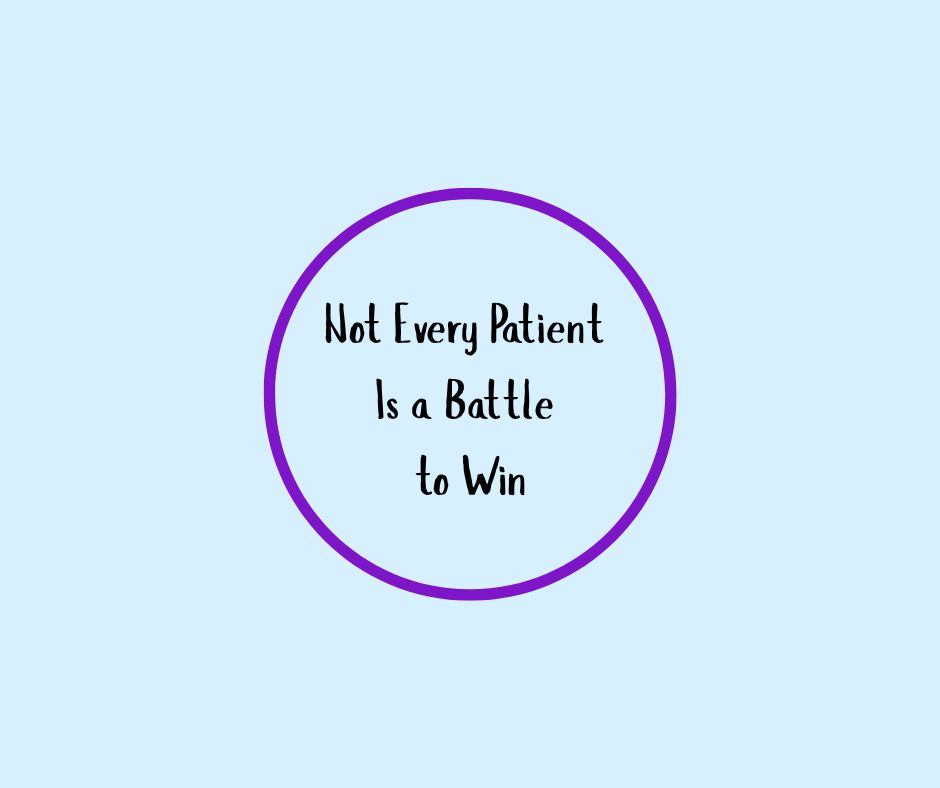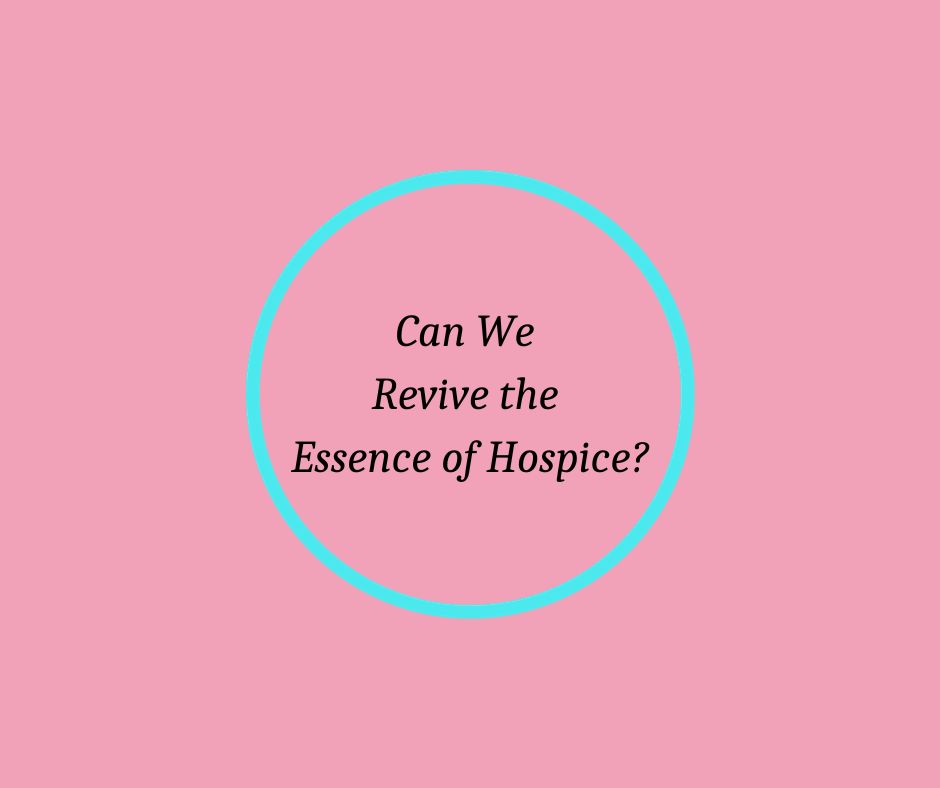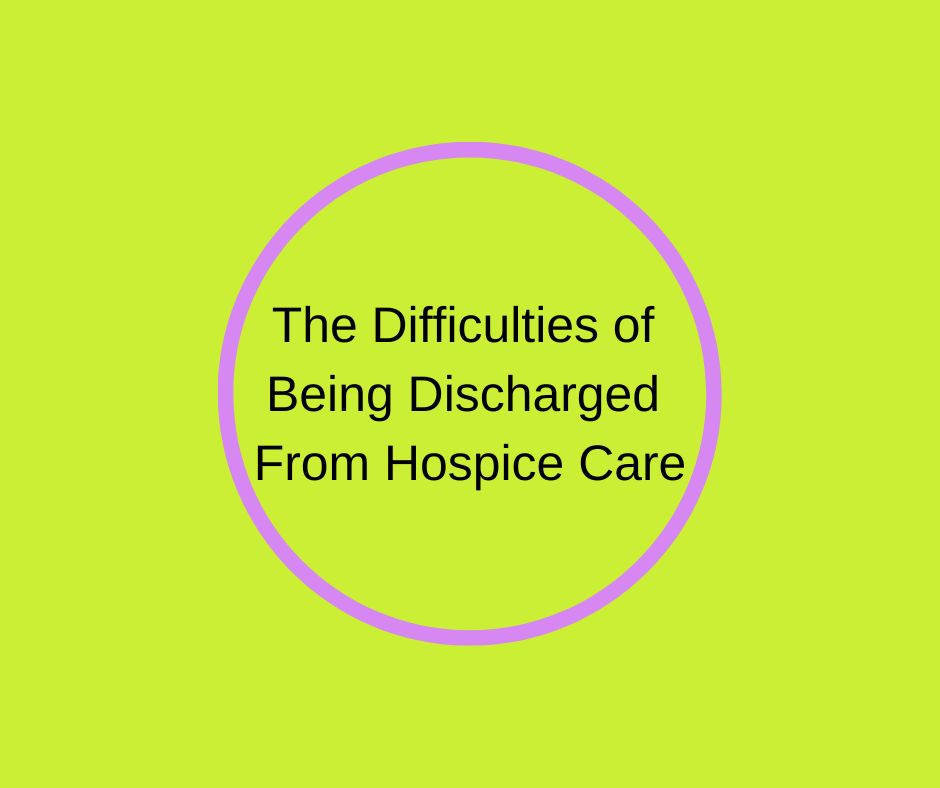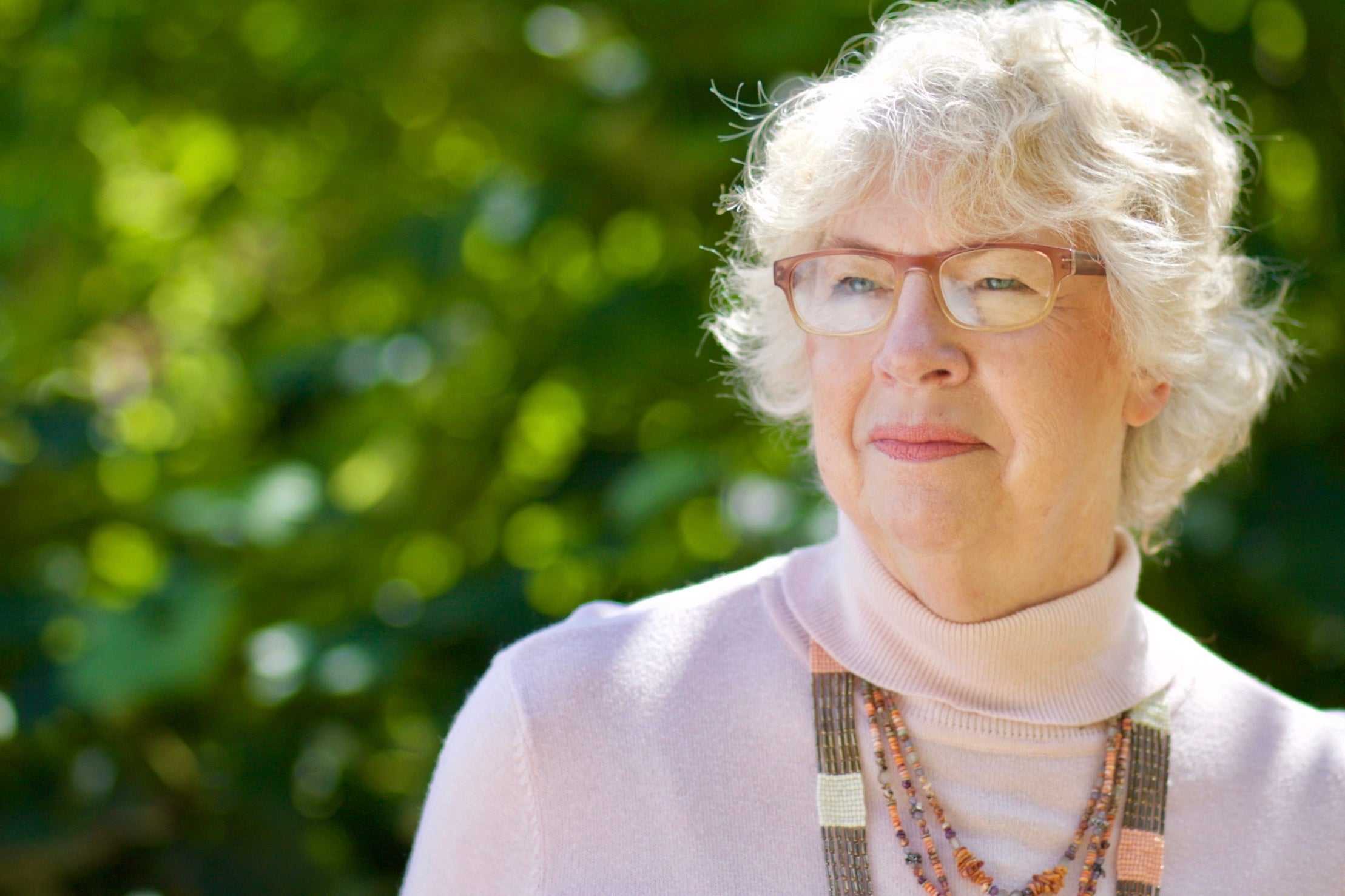
Something to Think About
a blog on end of life
- All posts
- addiction
- advance directive
- alzheimers
- Anger
- anticipation
- anticipatory grief
- Approaching Death
- assisted care
- assisted death
- Assisted Living
- Barbara Karnes
- bereaved
- Bereavement
- burnout
- BY YOUR SIDE A Guide for Caring for the Dying at Home
- cancer
- caregiver
- caregiver fatigue
- caregiver support
- caregiving at end of life
- children
- Clinician
- cna
- comfort care
- communication
- covid 19
- Dame Cicely Saunders
- Death
- death and dying
- death awareness
- death cafe
- death call
- death care
- death doula
- death education
- death midwife
- death of a pet
- death ritual
- dementia
- dementia doula
- diagnosis
- Director of Education
- disease
- DNR
- doctors
- dying
- dying looks different than expected
- dying pet
- dying process
- Dynamics of Dying
- Eating or not eating
- elderly
- Elisabeth Kubler-Ross
- end of life
- end of life doula
- end of life education
- end of life planning
- estate planning
- euthanasia
- family
- family caregiver
- father
- Fear
- Feeding
- Financial records
- Food
- food at end of life
- Funeral
- gift
- Gone From My Sight
- graduating from hospice
- gratitude
- Grief
- Grief Counselor
- grief support
- grieving
- Guilt
- holidays
- Home Care
- home death
- home health
- home healthcare
- Hospice
- Hospice Blue Book
- hospice care
- hospice chaplain
- hospice education
- hospice end of life care
- hospice for pets
- hospice myths
- hospice nurse
- hospice nurses
- hospice patient
- hospice physician
- hospice referral
- Hospice Social Worker
- Hospice Staff
- hospice volunteer
- hospice volunteer training
- hospital
- How Do I Know You ?
- How Do I Know You? Dementia at the End of Life
- Hydration or dehydration
- infant death
- joy
- labor
- labor at end of life
- life limiting
- life support
- loss
- media
- Medicade
- medical visits
- Medicare
- medication
- medications
- memory care
- midwife
- mindfulness
- moment of death
- morphine
- mother
- My Friend I Care
- narcotics
- New Rules For End Of Life Care
- No Code
- Not Eating
- nurse
- Nursing facility
- Nursing home
- nutrition
- Old Age
- older pet
- orientation
- oxygen
- pain
- pain at end of life
- pain management
- pain relief
- palliative care
- palliative sedation
- pandemic
- peace
- personality
- Pet death
- Pet illness
- physician
- podcast
- POLST
- prepare for death
- quality of life
- religion
- Retirement Home
- RN
- sacred
- self care
- seniors
- signs of approaching death
- sleep
- Social Worker
- spanish grief literature
- stages of grief
- sudden death
- Suicide
- Supervisors
- support
- terminal
- terminal agitation
- terminal diagnosis
- terminal illness
- terminal restlessness
- The Eleventh Hour
- The Final Act of Living
- This Is How People Die
- Time
- Time of Death
- trauma
- treatments
- vigil
- visions
- volunteer
- volunteers
- washing the body
- widow
- widowhood
- wife
- Will
- You Need Care Too
In the final days and hours, a person may “wait” for someone to arrive—or let go when everyone is out of the room. Hospice nurse Barbara Karnes, RN, explains the...
End-of-life care isn’t just clinical. It’s deeply personal. Before we can guide others through death, we must understand our own beliefs, fears, and experiences. When we face death honestly within...
Everyone dies. Death will not be conquered. It can be forestalled and that is where the medical model comes in. We learn through trying. The medical rounds physician is correct...
It will never be “okay” for someone we care about to die, to leave us. We will always want those we care about to stay in our lives...
Death from disease and old age doesn’t just happen. There are signs and changes that begin occurring months before death arrives. You can use those signs as a reference indicating...
If I could sit beside you at the bedside, this is what I would place in your hands. Whether you’re a family member, a friend, a caregiver, or an end-of-life...
How do we interact with someone dying a sudden death? The same way we would react with someone dying a gradual death.
The experience of dying a gradual death is an important, integral part of life. It is an opportunity to write our final chapter, to define the ending of our story...
This is a guide all would be wise to complete now (and regularly update) before the information is needed. It is a gift to those left behind...
Knowledge is important for the person dying because they are processing their life on many levels. It is important for the watchers because it is our final opportunity to connect,...
Working with end of life all these years has shown me how special each day is. It has also shown me the value and the gift of living, doing, and...
We used to have role models on what dying really looks like. People died at home, in their own bed. Family and friends gathered — held a vigil, so to speak. When...
There are many different approaches and offerings. These multiple choices give you the chance to match your personality with the instructors and teaching methodology...
Denial by the person with a life threatening illness, denial by the caregiver, and I’ll even add denial by some attending physicians. Denial is often the reaction to diseases that have...
We used to have grandma’s body “laid out” in the parlor and family and friends came to our home with support and food. Grandma died in the home and we...
If we don’t legally make our wishes known in writing and generally notarized, healthcare professionals will make those decisions for us...
In the ideal picture, the goal is the patient’s death. Everything that is done before the death is preparation for the actual moment death occurs. Everything after the death gradually eases...
Why is the patient being discharged, you ask? Is it because the patient just didn’t decline as rapidly as expected? Yes, that can be the situation...
Addressing the timelines of approaching death also neutralizes the false hope that our person will get better, that there is more time.
Tell her honestly what you are feeling and ask for help. Just FYI: she can sign on for hospice and if she felt she needed to go to the emergency...
If you have a good, amicable relationship then get them together and say, with caring in your heart, "I am going to tell you some things I have learned about...
